When Should You Boost Your Consulting Fees?
- July 17, 2017
- Posted by: Rochelle
- Category: Fees + Revenue

Notice the question isn’t “should you boost your consulting fees”, but WHEN.
Because whether you’re solo or leading a firm, you’re still running a business that is (ideally) growing and evolving. Your fees shouldn’t remain stagnant anymore than your work. And make no mistake; your fees are an essential piece of your brand. They telegraph your value in neon lights.
Consultants—especially if you’re billing based on time—tend to review this toward year-end and ask this question: what is a reasonable incremental increase in fees and how will you position the change to your clients?
Not only is this the wrong question, but we’re asking it at the wrong time.
Let’s look at this by how you price, which is probably one of three ways: by time (hourly/daily rates, time-based retainers), by project (a set fee for a set deliverable) or by value (linked to an outcome).
If you’re pricing by time, you’re in a classic consulting conundrum. You’re presenting your value to the client in terms of time spent. It’s up to the client to decipher whether you’re providing value commensurate with your price.
The one beauty of this approach is its transparency. You’re saying: “I spent this much time—I’m showing you the detail—and you will pay this much.” The problem? You’re essentially inviting clients to line-item scrutinize every piece of work you do for them.
And it becomes deadly difficult to raise your rates.
You’re left with bumping fees by no more than a token for inflation. It’s pretty near impossible to justify significant increases to reflect the value of the work you’re doing.
And, that fee transparency can encourage you to not tell yourself the absolute truth about how you’re spending your time. You might start not charging what it actually takes you to do the work because Client X is touchy. Or you put your own judgment on it and decide for yourself that you were too slow.
So what’s the alternative?
Look at your time billing EVERY MONTH (vs once a year) and ask yourself:
- What outcomes did my work produce for this client?
- How do you believe the client values those outcomes? (This requires getting inside their heads and understanding what about your work they value most.)
- How do I value those outcomes—both for the relationship with this client and the opportunities to produce the same results for others?
- What billing/pricing alternatives might better serve both parties?
This regular look at outcomes is not only good consulting practice, it’s good business. When you constantly evaluate outcomes vs time, you focus on the measure that matters most to your clients.
And you’ll start seeing patterns. Patterns that will allow you to experiment with value-based billing. You can start with a one-off, and when that works, try a second. You’re iterating—a low-risk and yet high opportunity way to morph your business into a more sustainable, scalable model.
But maybe you work more often with a set project price. The good news is that it’s even easier for you to morph your price. Every project becomes a new opportunity to evaluate your fee.
Like the story I’ve shared in this space before about a consultant who was charging $500 a pop for speaking engagements. We just set a firm guideline that there would be no more $500 speeches. We started at $2,500 (based on the opportunity cost of the time spent delivering the speech) and once we proved the value to the clients, we raised it to $5,000. And then $7,500 and then $10,000—we’re currently at $15,000.
The key is to conduct an after action review after every single project:
- What outcomes did my work produce—and which did the client value most?
- What about this project made me want to do 100 more or never touch one like it again?
- Was there anything unique—or conversely, a trend—in the client, the project itself or the results?
The answers will most definitely give you insights about your pricing. They’ll point you in the direction of aligning your price with the value you deliver. But they can also point you in the right direction for your brand: your niche, your sweet-spot clients, your marketing and communications.
There is gold if you dig for it.
Gold that can bring you to the consultant’s holy grail: billing based on VALUE.
Value billing is what we crave (and what some would say we fear).
Because it puts our value right on the line, 100% visible, in every assignment. It forces us to get entirely clear on how our work moves the needle for each client.
The cost consultant whose mandate is to wring excess expenses—and is paid a portion of their savings—is laser-focused on results.
And there’s the strategy wiz who commands a fee more than three times her competitors because she knows her vertical (and all its challenges and opportunities) exceedingly intimately and has proven her worth over and over again.
The first links his fees directly to outcomes. The second has perfected value billing by building a stellar reputation within a niche that fits her talents, passions and business model.
Both constantly evaluate their impact on their clients and how they build value. Over time, it’s become baked into all they do.
Because brand and pricing aren’t just somewhat related—they are inextricably linked.
So yes, you should be boosting your consulting fees—looking for every opportunity to tie them to the unique value only you can give.
Like what you see here? Head on up to that orange bar to sign up pronto and I’ll deliver my weekly insights directly to your in-box.

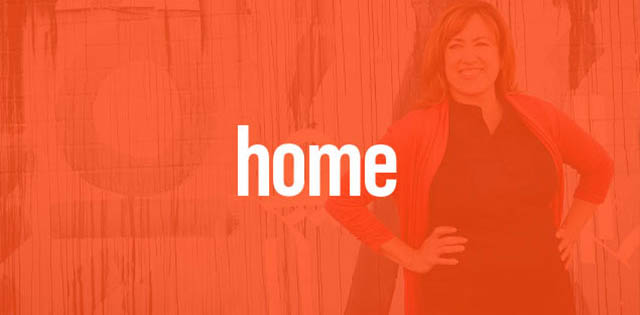
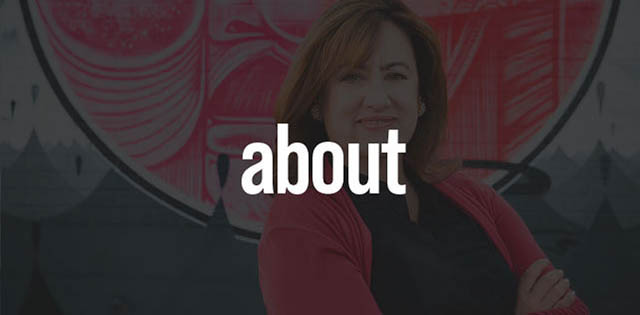
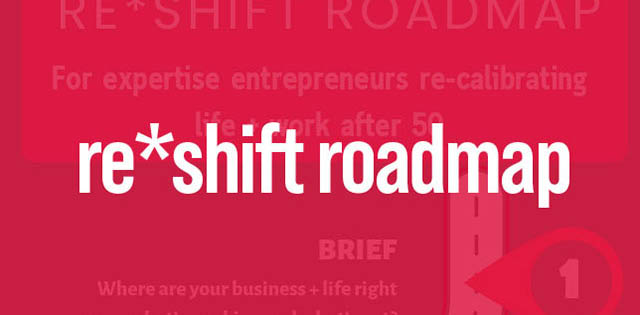
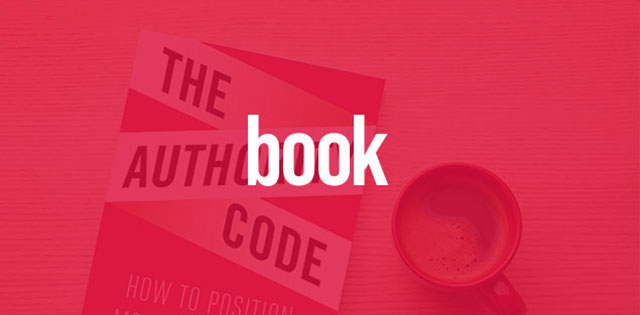

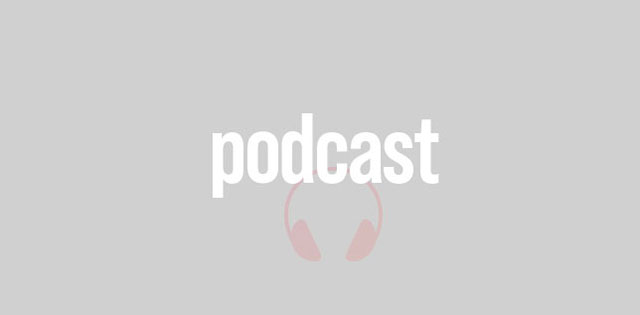
When a rather large group of attorneys convenes to discuss fees (and staff compensation) as part of an annual Continuing Legal Education program, I always push others toward project based fees. Hourly remains the rage though for most legal practitioners. Your recommendation for constant or frequent review of fees makes sense and I employ it in discussions about how to negotiate fees on certain matters where I get brought in and in which I never explicitly look for work but find myself in some sort of demand. On the more usual, I find myself re-evaluating fees after a project and when making a proposal for possible new ones. The regular clients — one’s base if you will, sometimes get a discount for regularity and longevity but often become a source of new ones; we also engage in discussions of fee increases at a future date based on changes. There exist other factors though to justify apparently static arrangements where the existing clients happily “support” projects that provide fees but may allow less time for the existing ones. Ian Anderson wrote a song titled and that begins, “Nothing Is Easy.”
[…] When Should You Boost Your Consulting Fees? […]